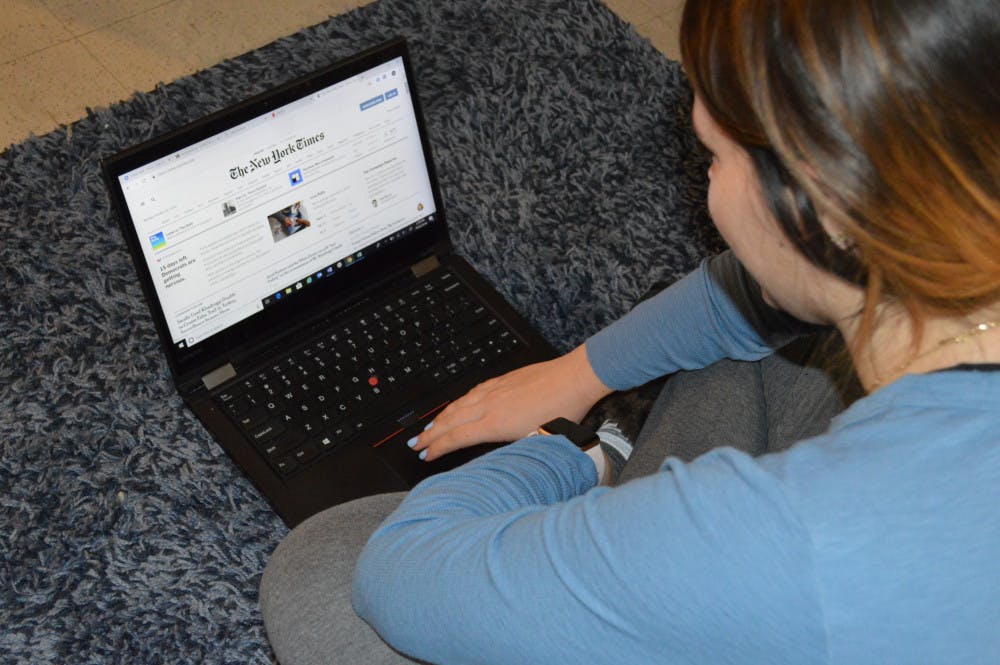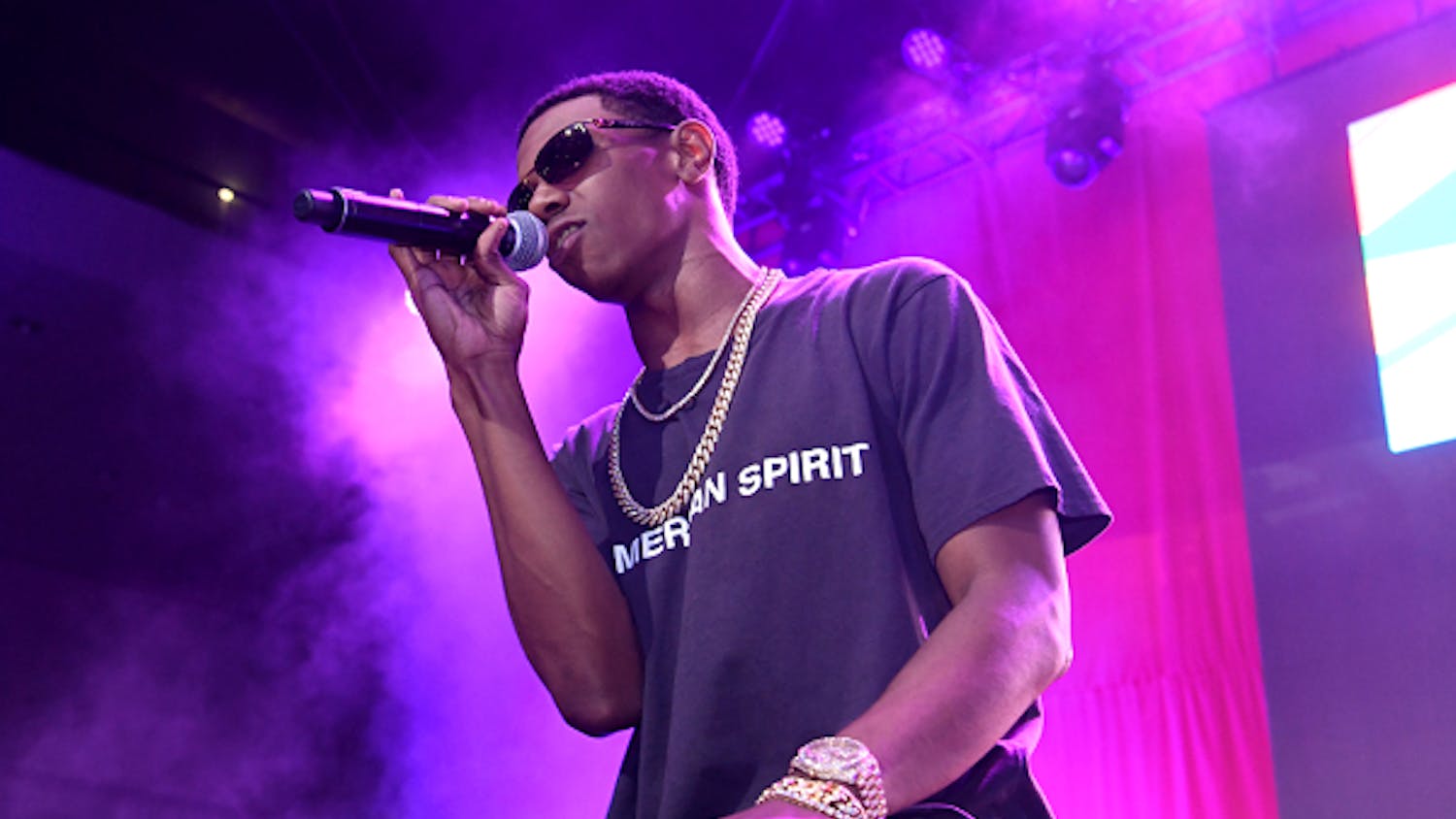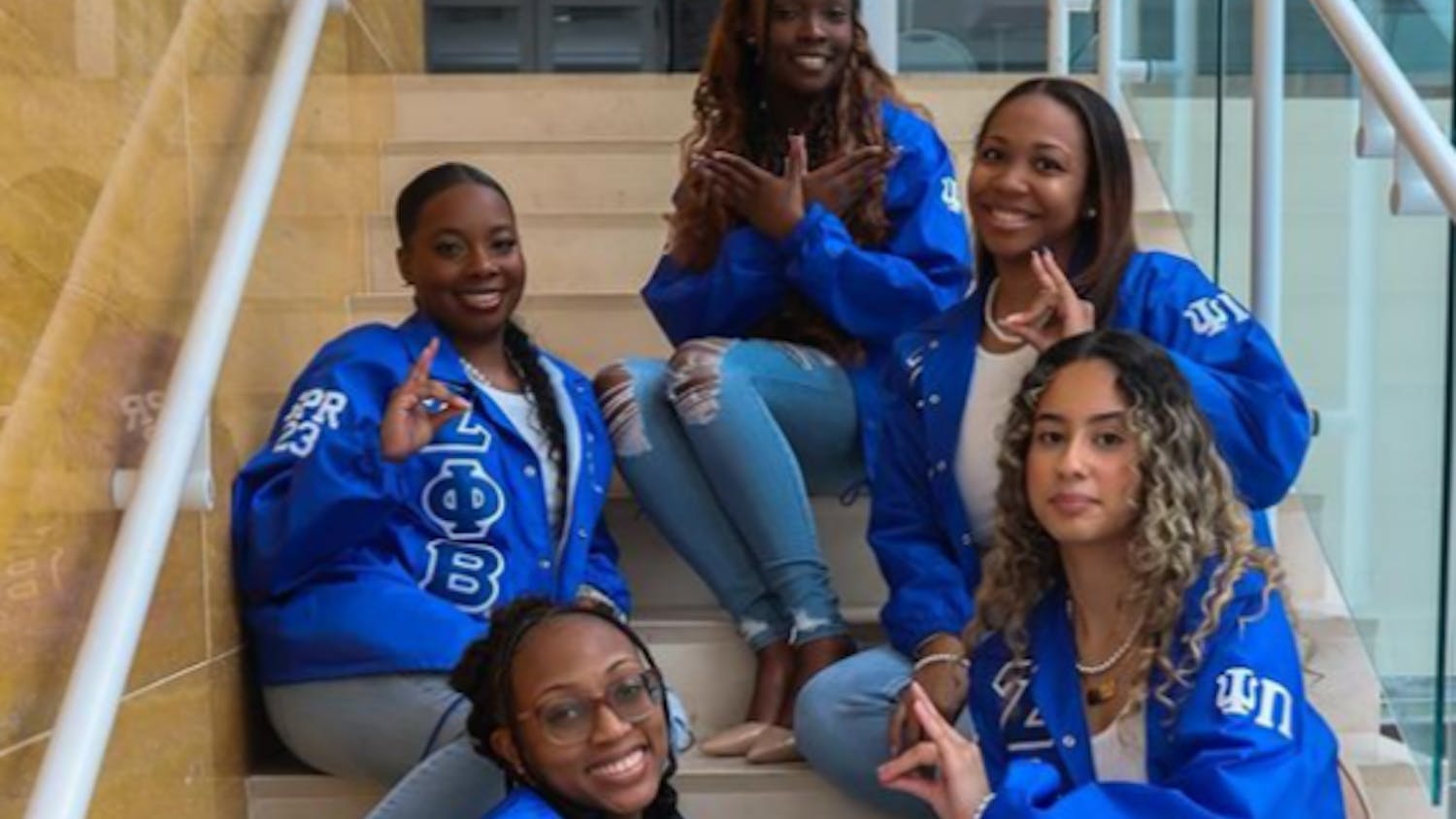The news landscape is changing as many college students and young adults are consuming news through a variety of different channels and sources. Seton Hall students and professors shared how they consume the news daily along with a few tips and recommendations.
[caption id="attachment_24663" align="alignnone" width="838"] Alexandra Torres/Staff Photographer[/caption]
While some students said that they get their news from social media, Jordan Lewis, a freshman civil engineering major, said that he uses the Apple News app on his iPhone. “I like using Apple News,” Lewis said. “I can set my preferences, so I only get news I want to see, and it is really easy to use. It’s becoming the only news app I use.”
According to the Apple website, Apple News is an app that “provides the best coverage of current events, curated by editors and personalized for you” that is available for iPhone, iPad and Mac. The app provides “trusted news from leading sources” where “editors highlight the most important reporting and analysis from a diverse group of publishers.” Based on what they read, the app personalizes the types of stories that are most relevant to the user.
Matthew Pressman, an assistant professor of journalism, said that it is also worth using other apps to consume news. He said some of these include apps developed by news sites, as they all have their own apps.
Ann Bollinger, an instructor of journalism, said, “Today there are so many ways to get breaking news on a cell phone, that students don’t watch TV or read newspapers nearly as often anymore.”
Some students said it can be hard to find reputable information with so many different reports on the Internet and that social media has become increasingly untrustworthy in the wake of the spread of “fake news” and biased material during the 2016 U.S. Election.
“Social media has become a problem with the accusations against Facebook, and the bombardment that is Twitter,” Lewis said.
As a result, students said that they have started to look elsewhere for news over the last couple of years.
However, Pressman said not much has changed when it comes to bias. “One major news value that emerges from the 1960s and ‘70s is interpretation,” Pressman said. “Reporters generally offer analysis, leading to a disagreement.”
Pressman said that the accusation of bias is nothing new and has existed as long as the news has been reported on both sides. However, he said, analysis provides some more context than the facts; therefore, the disagreement is likely to pursue. Pressman said bias has become relatively more important as attacks on the media become more frequent and that journalists have held people in power to higher standards.
“Digital journalism is the future,” Bollinger said. “While it may be negative for newspapers and some magazines, it’s not negative for journalism as a whole.”
Jason Maryeski can be reached at jason.maryeski@student.shu.edu.
Alexandra Torres/Staff Photographer[/caption]
While some students said that they get their news from social media, Jordan Lewis, a freshman civil engineering major, said that he uses the Apple News app on his iPhone. “I like using Apple News,” Lewis said. “I can set my preferences, so I only get news I want to see, and it is really easy to use. It’s becoming the only news app I use.”
According to the Apple website, Apple News is an app that “provides the best coverage of current events, curated by editors and personalized for you” that is available for iPhone, iPad and Mac. The app provides “trusted news from leading sources” where “editors highlight the most important reporting and analysis from a diverse group of publishers.” Based on what they read, the app personalizes the types of stories that are most relevant to the user.
Matthew Pressman, an assistant professor of journalism, said that it is also worth using other apps to consume news. He said some of these include apps developed by news sites, as they all have their own apps.
Ann Bollinger, an instructor of journalism, said, “Today there are so many ways to get breaking news on a cell phone, that students don’t watch TV or read newspapers nearly as often anymore.”
Some students said it can be hard to find reputable information with so many different reports on the Internet and that social media has become increasingly untrustworthy in the wake of the spread of “fake news” and biased material during the 2016 U.S. Election.
“Social media has become a problem with the accusations against Facebook, and the bombardment that is Twitter,” Lewis said.
As a result, students said that they have started to look elsewhere for news over the last couple of years.
However, Pressman said not much has changed when it comes to bias. “One major news value that emerges from the 1960s and ‘70s is interpretation,” Pressman said. “Reporters generally offer analysis, leading to a disagreement.”
Pressman said that the accusation of bias is nothing new and has existed as long as the news has been reported on both sides. However, he said, analysis provides some more context than the facts; therefore, the disagreement is likely to pursue. Pressman said bias has become relatively more important as attacks on the media become more frequent and that journalists have held people in power to higher standards.
“Digital journalism is the future,” Bollinger said. “While it may be negative for newspapers and some magazines, it’s not negative for journalism as a whole.”
Jason Maryeski can be reached at jason.maryeski@student.shu.edu.

Comments




